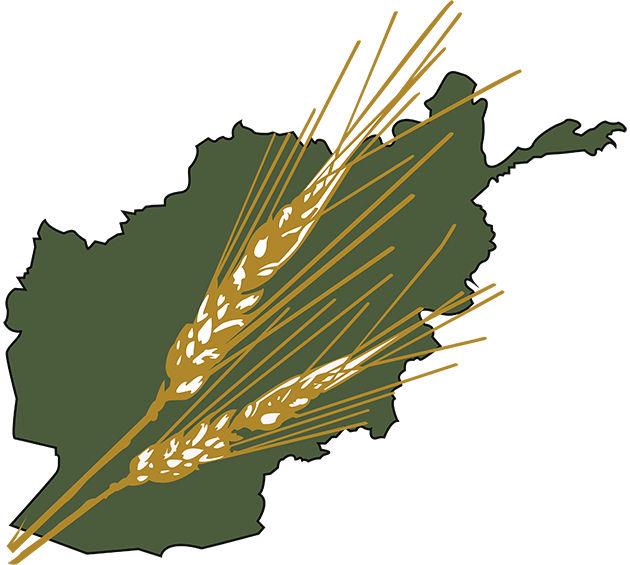Continuing the legacy of Norman Borlaug — a Nobel Peace Prize recipient and the “Father of the Green Revolution” — A&M’s Borlaug Institute is dedicated to helping fight hunger and poverty in Afghanistan and other developing agriculture communities.
For the last two years, Texas A&M University has played an integral role in the United States Agency for International Development’s (USAID) Afghanistan Agricultural Extension Project-II (AAEP-II) to help train Afghan farmers and government officials in modern and sustainable agricultural practices. The three-year $19.8 million project is comprised of a consortium of universities led by University of California-Davis. Texas A&M leads the livestock component of the project focused on training and extension capacity building. The overarching goal of this project and its predecessors is to help stabilize Afghanistan’s agricultural sector.
Tim Davis, regional director for Asia and lead faculty member on AAEP-II, said the outcome for the project is to help Afghans improve methods for producing livestock and agricultural products.
“Ultimately, it needs to be something that helps that country become more stable,” Davis said. “Obviously it’s not a stable country, so what you learn from development history is the first that needs to be stabilized in a country is the agricultural industries, so that the people can feed themselves. Because if they can’t feed themselves, you’re going to have a lot of problems.”
Carmen Bryce, program coordinator for Asia, said AAEP works differently from other humanitarian and extension projects USAID has funded in the past. Instead of working directly with farmers ,this project focuses on training officials in the Afghan government and universities to reach out to the agricultural sector.
“The goal of AAEP is to eventually reach farmers, but the way our consortium does that and the way USAID designed this project, is that we work by building capacity among the government extension agents and also university faculty,” Bryce said. “So where maybe in the past or other project that we partner with in Afghanistan, they trained farmers directly. Our objective is to equip the government of Afghanistan to be able to train farmers. So that’s how we’re looking towards long-term sustainability.”
Bryce said a major aspect of the project was an effort to reach to women, since 90 percent of the women in the impacted provinces are engaged in some level of agricultural production.
“We’ve started an internship program for women,” Bryce said. “[We] are working with women from the local university that are studying agriculture but lack the practical experience. Now they’re working for us on the project and developing those practical skills. Which is crucial because one challenge with reaching women, is there aren’t enough women extension officers to reach women farmers, producers, or just contributors to the household.”
Elsa Murano, director of the Borlaug Institute, said this project is one of many that the Borlaug Institute is currently involved in, aimed at their goal of helping developing nations establish agricultural stability.
“It’s to take forward the legacy of Dr. Borlaug,” Murano said. “Which is to elevate small farmers out of poverty and hunger through agriculture science. That’s our mission, that’s our purpose in a nutshell.”
Bryce said rather than going in with a prescriptive model, the project started by asking for feedback from the Afghan community, opening two-way communication between extension agents and farmers to better help the project address the needs of Afghan farmers.
“Our team in country has started working with livestock officers in the government, and now as we’re going into year three, we’re monitoring how those government livestock officers are training farmers,” Bryce said.
Bryce said that so far in year two, the project as a whole has trained more than 5,000 different trainees with impact being seen in 24 of 34 provinces in Afghanistan.
“So we’ve really seen the progression from evaluation needs from the working groups, training the government extension agents or university faculty, and now things are full swing with those agents getting out into the community,” Bryce said. “We’re still continuing the agent training, but a lot of the effort is on seeing how they do in training the farmers.”
A&M’s Borlaug Institute assists Afghan farmers
October 16, 2016
Donate to The Battalion
Your donation will support the student journalists of Texas A&M University - College Station. Your contribution will allow us to purchase equipment and cover our annual website hosting costs.























